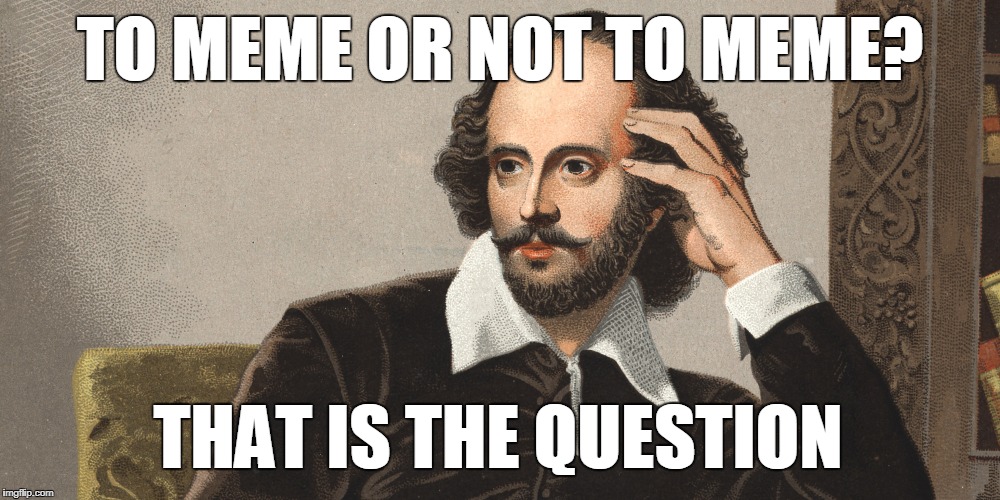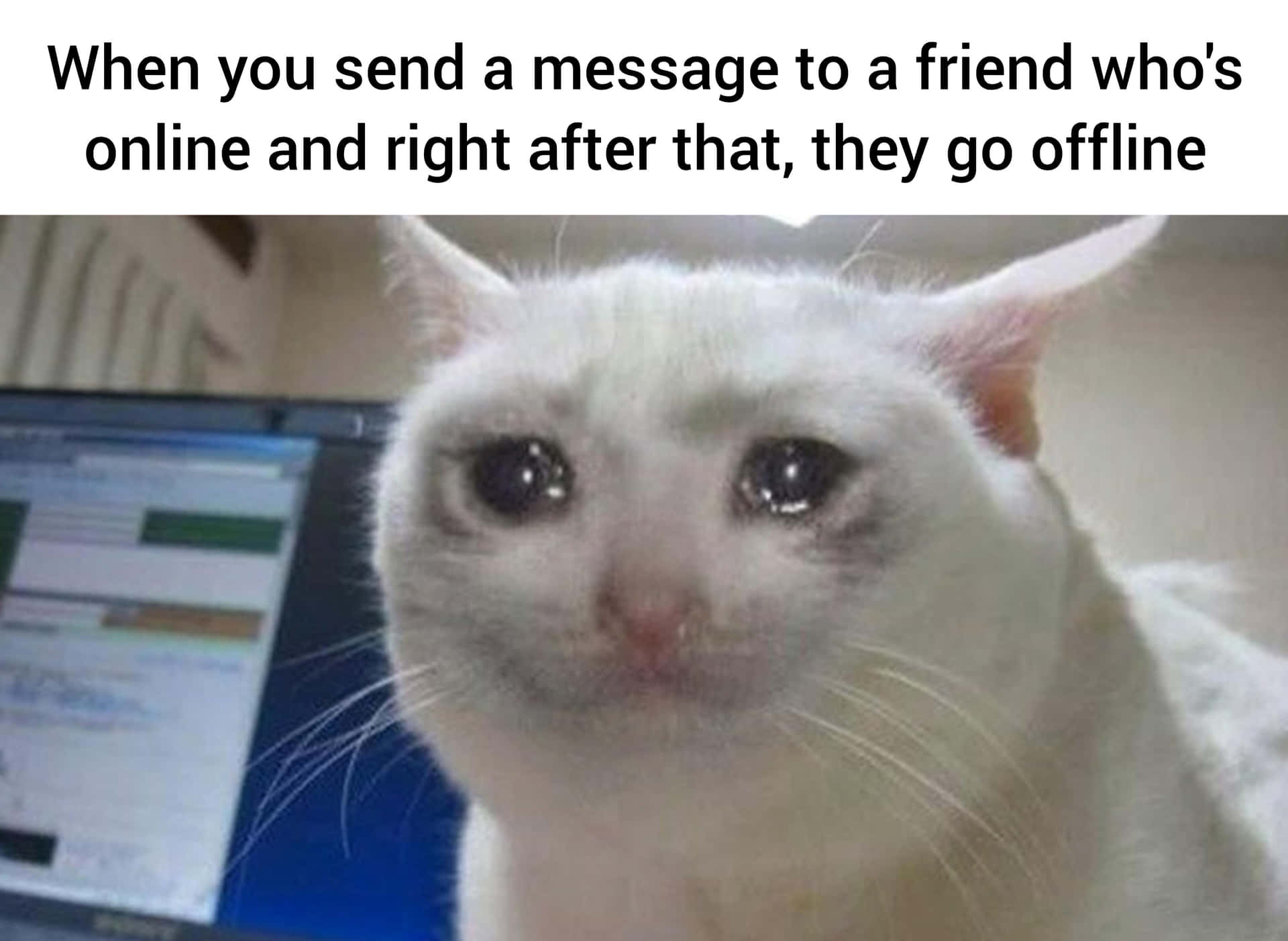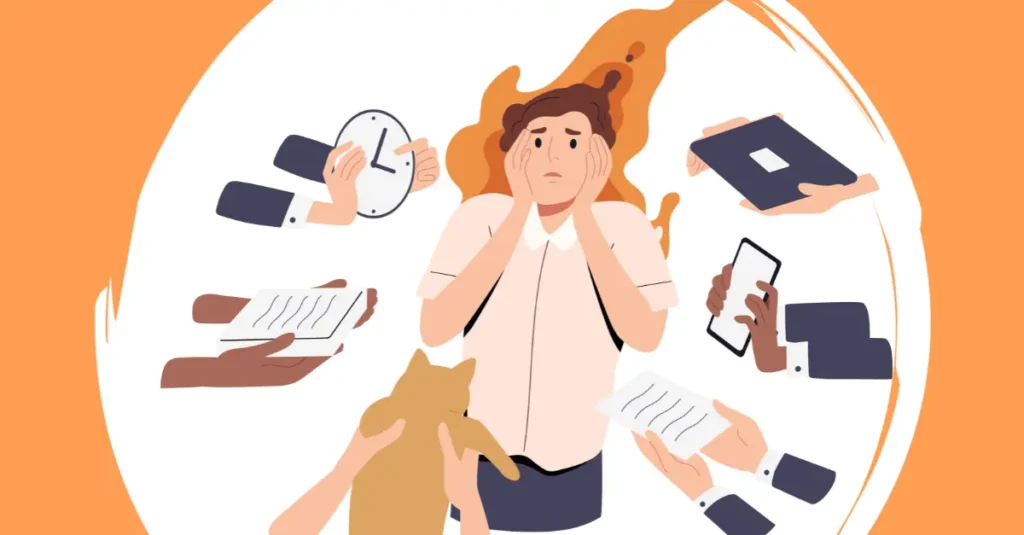Introduction
Psychology does not only examine clinical disorders, memory, or intelligence. It also offers insight into the lighter aspects of human life, including humor, play, and joy. Two phenomena that illustrate the fun side of psychology are internet memes and laughter. While they may appear trivial, both are rich subjects of psychological study. Memes provide a lens into how humans communicate and cope collectively in digital environments, while laughter represents a universal behavior with profound social, emotional, and physiological functions.
Read More: Therapy Memes
Internet Memes
The term meme was first proposed by Dawkins (1976) to describe a “unit of cultural transmission” that spreads and evolves through imitation. In the digital era, memes are generally humorous images, videos, or text snippets that spread rapidly online. They thrive on cultural references, irony, and absurdity. Psychologically, memes are valuable because they encapsulate shared meaning, evoke emotional reactions, and signal social belonging (Blackmore, 1999).

Why People Create and Share Memes
Some of the reasons why people share memes:
1. Emotional resonance
Memes spread quickly because they evoke strong emotions such as laughter, amusement, or even outrage. Heath, Bell, and Sternberg (2001) argued that emotionally evocative information is more likely to be transmitted. Empirical evidence supports this: Myrick et al. (2021) found that memes shared during the COVID-19 pandemic increased positive emotions and gave viewers a greater sense of coping efficacy.
2. Coping with adversity
Memes often reframe stressful experiences with humor. Samson and Gross (2012) suggested that humor functions as a cognitive reappraisal strategy, helping individuals reduce negative emotions. During crises such as the pandemic, memes served as tools of collective coping, allowing people to normalize fears through shared jokes (Guilmette et al., 2021).
3. Social identity and belonging
Sharing memes also signals group membership. Sundar et al. (2021) demonstrated that exposure to memes in online communities can strengthen social belonging, though the effect depends on preexisting identification with the group. Mental health–related memes, for example, may help people with psychiatric difficulties feel less isolated and more validated (Akram et al., 2022).
Psychological Mechanisms Behind Memes
Humor theories help explain why memes are effective. Incongruity theory suggests that humor arises when expectations are violated in surprising but non-threatening ways (Martin, 2007). Misattribution theory also argues that people may laugh at stimuli even when they cannot pinpoint the exact reason (Zillmann & Bryant, 1980).

Another mechanism is cognitive fluency. Memes often follow familiar templates, making them easy to process. This fluency enhances enjoyment and shareability (Reber et al., 2004). Finally, emotional contagion plays a role: when one sees a meme that elicits laughter, the positive emotion can spread through social networks (Hatfield, Cacioppo, & Rapson, 1993).
Not all memes are harmless. Some perpetuate stereotypes, spread misinformation, or are weaponized for extremist purposes (Chandrasekharan et al., 2018). Furthermore, individuals with gelotophobia—the fear of being laughed at—may interpret memes as threatening rather than humorous (Ruch et al., 2014). Despite these caveats, memes remain an important form of cultural expression that reveals much about human psychology.
Laughter
Laughter predates language and exists in other primates, especially during play (Davila-Ross et al., 2009). Scott (2014) argued that laughter evolved as a bonding mechanism, allowing early humans to coordinate and signal affiliation. Over time, laughter became intertwined with cognitive forms of humor such as irony, satire, and jokes.
Laughter engages multiple bodily systems. It involves respiratory changes, vocal fold vibration, and activation of facial muscles, especially those involved in Duchenne smiles. It also triggers endorphin release, lowers cortisol, and increases circulation (Louie, Brook, & Frates, 2016). These physiological effects contribute to laughter’s reputation as a natural stress reliever.
Psychological and Social Functions
Some of the psychological and social functions of it includes:
1. Bonding
People laugh more often in groups than when alone. Laughter is socially contagious and synchronizes emotional states, fostering trust and affiliation (Provine, 2000). Shared laughter signals safety and strengthens group bonds.
2. Coping and emotional regulation
Humor and laughter are adaptive coping mechanisms. Cann and Collette (2014) found that individuals who use humor as a coping style report lower stress and anxiety. Laughter provides psychological distance from negative events, reframing adversity in manageable terms.
3. Mental health and well-being
Everyday laughter is linked with well-being. Stieger et al. (2024) conducted an event-based study showing that frequent laughter predicted greater happiness and life satisfaction. The study highlighted the importance of laughter not just in extraordinary moments, but in daily life.
Therapeutic Uses
Laughter therapy and humor interventions are increasingly used in clinical and medical contexts. Dionigi (2018) noted that therapists can integrate humor into cognitive therapy sessions to build rapport and reframe problems. Laughter-based programs have also shown benefits for pain management and patient morale in healthcare settings (Gelkopf, 2011).
Not all humor is beneficial. Martin et al. (2003) identified four humor styles: affiliative, self-enhancing, aggressive, and self-defeating. The first two are linked to positive outcomes, while aggressive and self-defeating humor are associated with maladjustment. Moreover, gelotophobia highlights that laughter can sometimes be experienced as threatening, depending on individual differences (Ruch et al., 2014).

A Combined Lens
While memes represent cultural units of humor and expression, laughter is the embodied reaction. Memes often induce laughter, and laughter enhances their social spread. During times of crisis, such as the pandemic, memes offered cognitive relief, while laughter reinforced social resilience. Together, they illustrate how humor operates both cognitively (in ideas and symbols) and physiologically (in bodily responses).
Conclusion
Psychology provides valuable insights into fun behaviors such as internet memes and laughter. Memes illustrate how humor can help individuals cope with adversity, foster belonging, and transmit cultural knowledge. Laughter demonstrates how humor is embodied, social, and therapeutic. Despite potential risks—such as harmful memes or maladaptive humor styles—both phenomena highlight the essential role of fun in human life. Studying memes and laughter underscores that psychology is not only about illness but also about joy, connection, and resilience.
References
Akram, U., Drabble, J., Cau, G., Zainal, N., Carrick, V., Broomfield, N., … & Barclay, N. (2022). The relationship between mental health memes and mental health outcomes. Frontiers in Psychology, 13, 955915. https://doi.org/10.3389/fpsyg.2022.955915
Blackmore, S. (1999). The meme machine. Oxford University Press.
Cann, A., & Collette, C. (2014). Sense of humor, stable affect, and psychological well-being. Europe’s Journal of Psychology, 10(3), 464–479. https://doi.org/10.5964/ejop.v10i3.746
Chandrasekharan, E., Samory, M., Jhaver, S., Charvat, H., Bruckman, A., Eisenstein, J., & Gilbert, E. (2018). The bag of communities: Identifying abusive behavior online with preexisting community data. Proceedings of the 2018 CHI Conference on Human Factors in Computing Systems, 1–13. https://doi.org/10.1145/3173574.3174046
Davila-Ross, M., Owren, M. J., & Zimmermann, E. (2009). Reconstructing the evolution of laughter in great apes and humans. Current Biology, 19(13), 1106–1111. https://doi.org/10.1016/j.cub.2009.05.028
Dawkins, R. (1976). The selfish gene. Oxford University Press.
Dionigi, A. (2018). The use of humor by therapists and clients in cognitive therapy. European Journal of Humour Research, 6(3), 50–67. https://doi.org/10.7592/EJHR2018.6.3.dionigi
Gelkopf, M. (2011). The use of humor in serious mental illness: A review. Psychiatric Services, 62(4), 402–405. https://doi.org/10.1176/ps.62.4.pss6204_0402
Guilmette, M., Mulvale, G., & Abelson, J. (2021). Reframing mental health memes: Collective coping in times of crisis. Journal of Computer-Mediated Communication, 26(2), 73–90. https://doi.org/10.1093/jcmc/zmaa017
Hatfield, E., Cacioppo, J., & Rapson, R. (1993). Emotional contagion. Current Directions in Psychological Science, 2(3), 96–99. https://doi.org/10.1111/1467-8721.ep10770953
Heath, C., Bell, C., & Sternberg, E. (2001). Emotional selection in memes: The case of urban legends. Journal of Personality and Social Psychology, 81(6), 1028–1041. https://doi.org/10.1037/0022-3514.81.6.1028
Louie, D., Brook, K., & Frates, E. P. (2016). The laughter prescription: A tool for lifestyle medicine. American Journal of Lifestyle Medicine, 10(4), 262–267. https://doi.org/10.1177/1559827614550279
Martin, R. A. (2007). The psychology of humor: An integrative approach. Elsevier Academic Press.
Martin, R. A., Puhlik-Doris, P., Larsen, G., Gray, J., & Weir, K. (2003). Individual differences in uses of humor and their relation to psychological well-being. Journal of Research in Personality, 37(1), 48–75. https://doi.org/10.1016/S0092-6566(02)00534-2
Myrick, J. G., Holton, A., Himelboim, I., & Love, B. (2021). Stupid cancer: Exploring memes on social media for coping and support. Health Communication, 36(1), 126–135. https://doi.org/10.1080/10410236.2019.1700430
Provine, R. R. (2000). Laughter: A scientific investigation. Penguin.
Reber, R., Schwarz, N., & Winkielman, P. (2004). Processing fluency and aesthetic pleasure: Is beauty in the perceiver’s processing experience? Personality and Social Psychology Review, 8(4), 364–382. https://doi.org/10.1207/s15327957pspr0804_3
Ruch, W., Hofmann, J., Platt, T., & Proyer, R. T. (2014). The state-of-the art in gelotophobia research: A review and some theoretical extensions. Humor, 27(1), 23–45. https://doi.org/10.1515/humor-2013-0046
Samson, A. C., & Gross, J. J. (2012). Humor as emotion regulation: The differential consequences of negative versus positive humor. Cognition & Emotion, 26(2), 375–384. https://doi.org/10.1080/02699931.2011.585069
Scott, S. K. (2014). Laughter and the brain. Current Biology, 24(1), R9–R11. https://doi.org/10.1016/j.cub.2013.10.017
Stieger, S., Tran, U. S., & Voracek, M. (2024). Laughter in everyday life: An event-based experience sampling study. Frontiers in Psychology, 15, 1296955. https://doi.org/10.3389/fpsyg.2024.1296955
Zillmann, D., & Bryant, J. (1980). Misattribution theory of tendentious humor. Journal of Experimental Social Psychology, 16(2), 146–160. https://doi.org/10.1016/0022-1031(80)90005-1
Subscribe to PsychUniverse
Get the latest updates and insights.
Join 3,027 other subscribers!
Niwlikar, B. A. (2025, October 12). Internet Memes and 3 Important Reasons Why People Share. PsychUniverse. https://psychuniverse.com/internet-memes/



